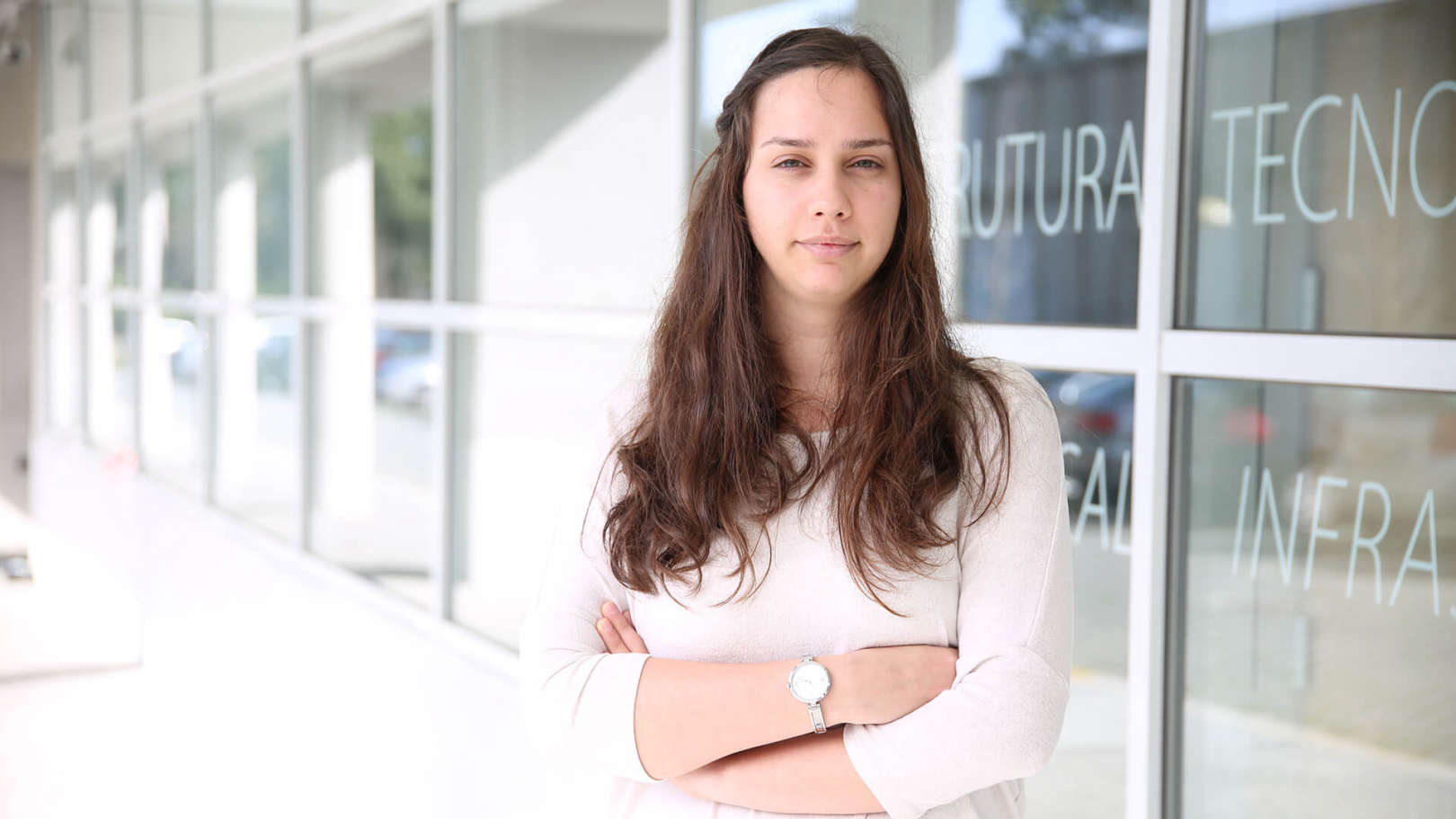About
I have received my master’s degree in Physical Engineering from the Faculty of Sciences of University of Porto (FCUP) in October 2016. My master thesis, “Optical Sensors Based on Fabry-Perot Interferometry”, was conducted in collaboration between FCUP and INESC-TEC, at the Center of Applied Photonics (CAP).
I have worked at Centre for Information Systems and Computer Graphics (CSIG), participating in a research project to develop optical fiber sensors for radon detection in marine environments.
I am currently a PhD student at CAP.


